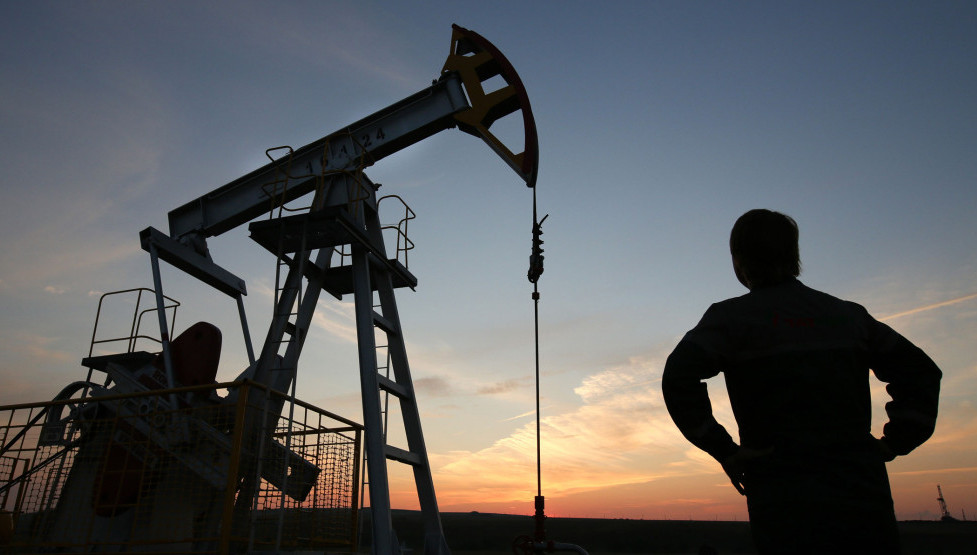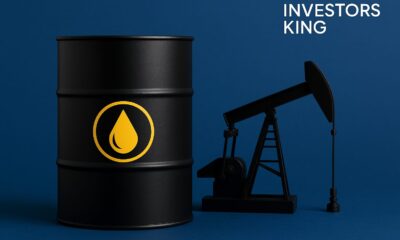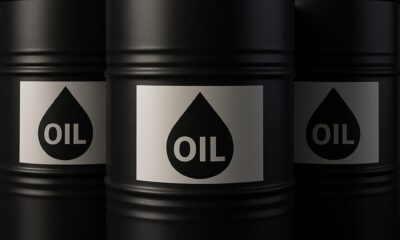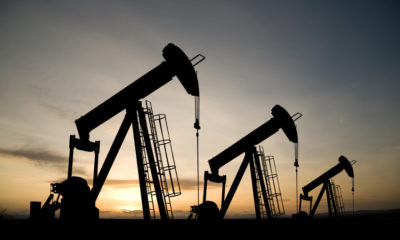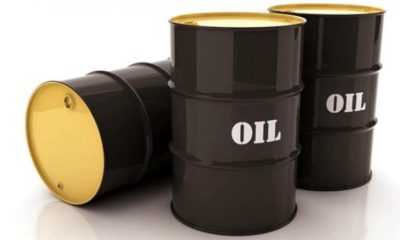Oil prices fell on Friday on worries about demand growth in 2025, especially in top crude importer China.
Brent crude futures fell by 41 cents, or 0.56 percent to $72.47 while the US West Texas Intermediate (WTI) crude futures fell 39 cents, or 0.56 percent, to $68.99 per barrel.
In China, the world’s top oil importer, there are early signs of further decline in demand with the state-backed energy giant Sinopec saying it expects China’s petroleum consumption to peak in 2027 as fuel demand weakens.
China’s energy sector faces fresh uncertainty in 2025 with US President-elect Donald Trump’s return to the White House raising the prospect of heightened trade tensions and potential disruption to Iranian oil exports.
Meanwhile, President Joe Biden’s administration has also ramped up sanctions on Iranian entities, with three vessels involved in trading Iranian petroleum and petrochemicals sanctioned on Thursday.
Brent futures prices have shed more than 5 per cent so far this year, setting up a second consecutive annual loss, as a faltering Chinese economy weighed heavily on crude oil demand.
The Federal Reserve cut rates by a quarter percentage point to the 4.25 per cent – 4.50 per cent range as expected on Wednesday.
However, the Chairman of the US central bank, Mr Jerome Powell warned that stubborn inflation would make the bank more cautious about cutting rates next year.
Market analysts warned that the remarks showed that policymakers are starting to align with the prospects for sweeping economic changes under the Trump administration set to commence on January 20.
The US Dollar rose to a two-year high, making oil more expensive for buyers holding other currencies.
The Bank of England policymakers held interest rates steady on Thursday, while officials disagreed over how to respond to the UK’s slowing economy.
Also on Thursday, the Bank of Japan kept ultra-low interest rates as Mr Donald Trump’s vows to impose tariffs cast a shadow over the country’s export-reliant economy.
The oil market is widely expected to be in a surplus next year, with analysts predicting that supply will outpace demand by at least 1 million barrels per day.

